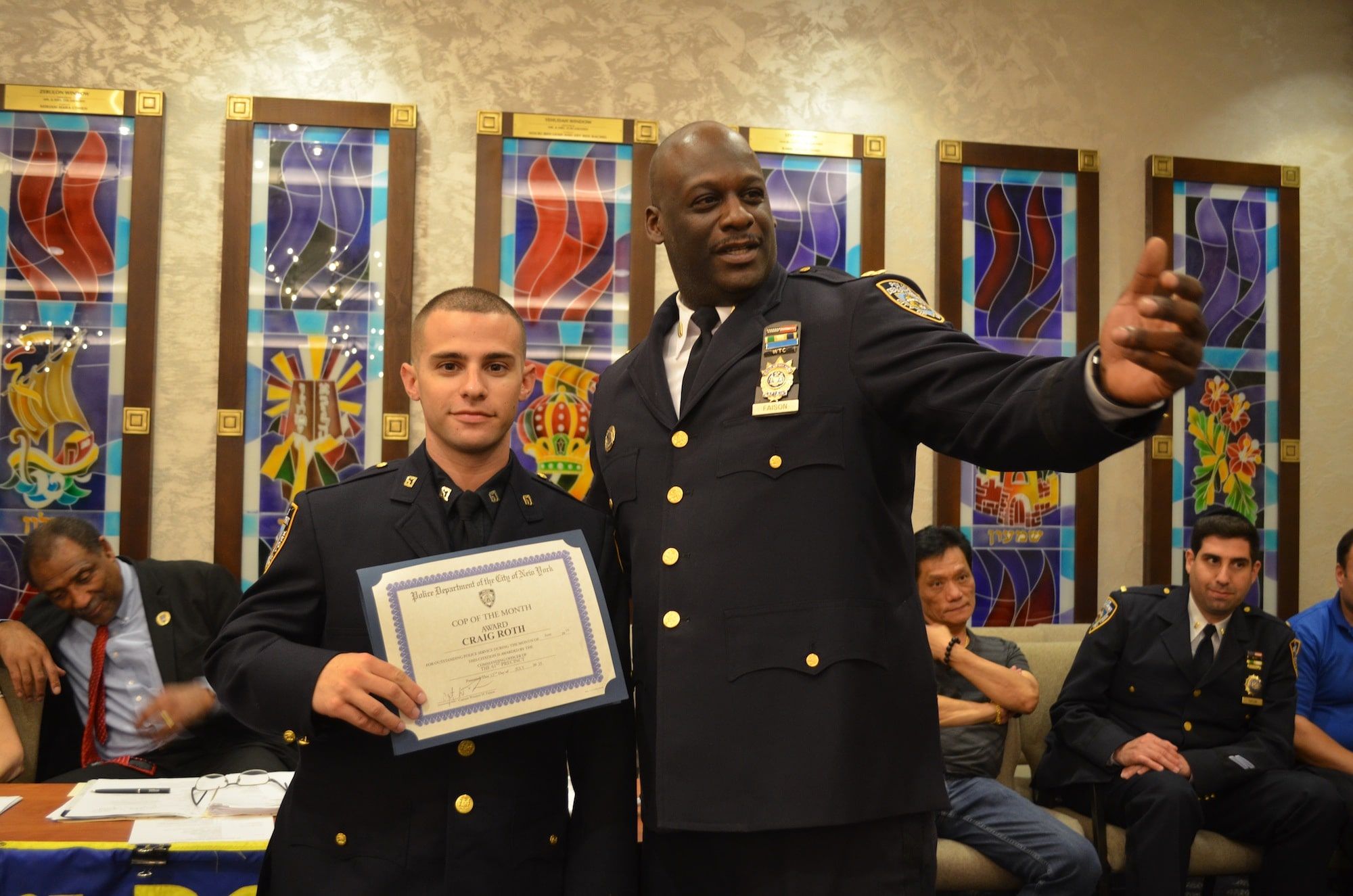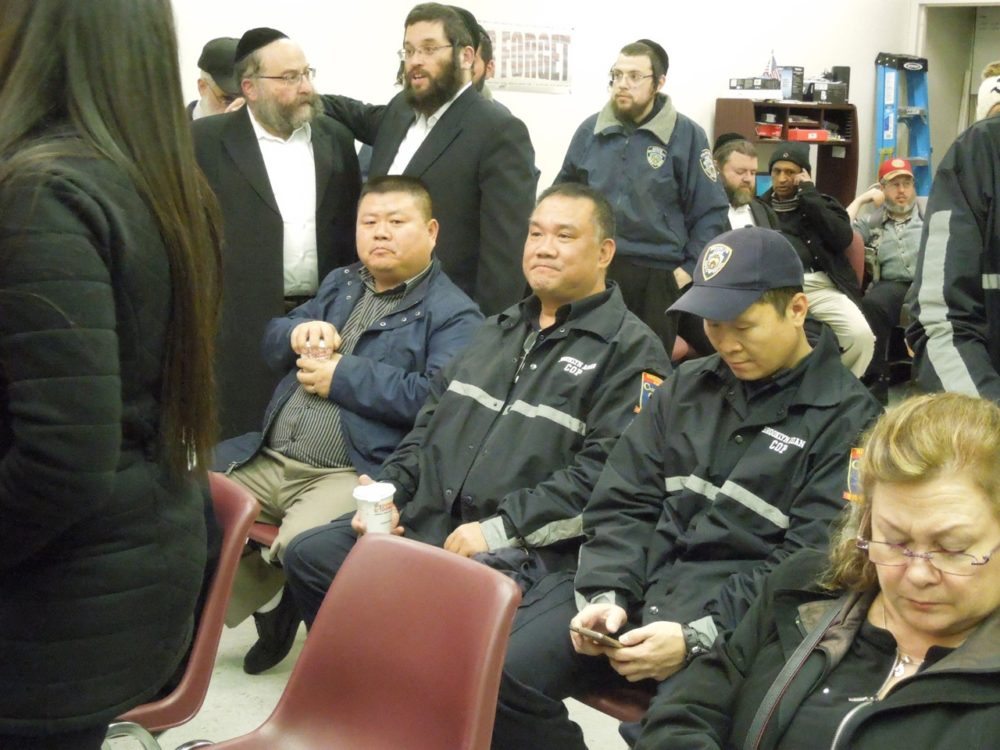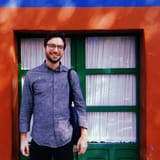Fiefdoms or Gatherings – What Are The Precinct Community Councils The Mayor Is Giving A Say in NYPD Leadership Decisions?


Among the bevy of ambitious but often vaguely-defined proposals announced by Mayor Bill de Blasio at his State of the City address last week was one intended to give communities slightly more control over the police that patrol their streets.
Precinct Community Councils, the volunteer-run entities intended to serve as a link between community members and their local precinct, will now have an advisory role in picking the commanding officers that run those precincts, the mayor said. The proposal is a variation of an idea originally proposed by Brooklyn Borough President Eric Adams last year.
The policy is supposed to work like this: when a precinct commander position opens, NYPD brass will provide the councils between three to five candidates. After interviewing each candidate, the council will give feedback to the police commissioner, who retains the final say on appointments.
De Blasio also said the precinct councils will have an ongoing role in evaluating the commanding officer’s performance and “will evaluate their general effectiveness, engagement with the larger community and responsiveness to issues raised by the community.”
But who sits on these precinct community councils? How and do they actually work? And will the mayor’s proposal have any real impact on police-community relations?
Those questions can be surprisingly difficult to answer.
Precinct councils have existed in one form or another since 1943, with the ostensible goal of allowing community input into police services. At their monthly meetings, the councils listen to complaints and feedback from local residents, provide updates on ongoing investigations, and organize events like beautification programs and block parties.
But unlike the city’s community boards, the councils aren’t made up of appointed members who serve defined terms. Instead, in most precincts, any member of the public who has attended four meetings in the preceding year becomes eligible to vote for their council’s small executive committee, which usually includes a president, multiple vice presidents and a secretary, among other positions.
In theory, this system makes participation in the councils accessible for anyone who chooses to regularly attend meetings. But it also means that, although councils collect attendee information, there is no aggregated demographic data—at least none publicly available—to easily determine whether the councils are reflective of the communities they represent. (Community boards began to publish such information two years ago.)
Indeed, some reformers are skeptical that councils fully represent community opinion when it comes to the police.
“Limiting community input to precinct councils, which are heavily NYPD influenced and rarely include police critics, makes clear that this is a PR move to try to trick the public into accepting limited input instead of ensuring we have the power to build true safety in our communities,” a spokesperson for the group Communities United for Police Reform told the New York Daily News last week.
Even some precinct council leaders agreed with that assertion, at least partially. Vincent Riggins, the recording secretary for the 75th Precinct Council in East New York, said the councils were “historically just a body of ‘yes men’ for the precinct.”
“They have no history that I know of trying to hold officers accountable, or commanders,” he said. “The commanders look at it as their personal advocacy machine to the community.”

Portions of the meetings can sometimes feel like superfluous affairs, with winding speeches from local elected officials and cop-of-the-month awards doled out to officers. And some of their utility has been sapped by Build the Block meetings, another type of precinct-run gathering where residents raise public safety concerns with officers.
“The people who go are often well-intentioned,” said Mark Winston Griffith, the Executive Director of the Brooklyn Movement Center, “but the idea that this can be a place for accountability and reform is almost laughable.”
Other council leaders bristled at those critiques. Gardy Brazela, the president of the Community Council for the 69th precinct, which oversees Canarsie, called them “nonsense,” and said the meetings played an important role in keeping resident and police priorities aligned.
“We do have a good rapport with the police, but we are not puppets,” said Brazela. “If anyone thinks we’re going to be a rubber stamp, that’s not how it works.”
Brazela cited the NYPD’s appointment in June of Deputy Inspector Terrell Anderson to the 73rd Precinct in Brownsville, after that precinct’s previous commander was transferred for failing to intervene as an officer forcefully shoved a peaceful protestor. He credited activism within the 73rd’s council and positive reviews of Anderson from the 69th, where he previously worked, for the change.
“The community was the one who recommended Terrell to the commissioner,” Brazela said. “So apparently, it works.”
Brazela said that between 150 and 300 people attended each of the 69th’s monthly council meetings. Leaders of other councils said attendance at their events was usually closer to 50-100, of which a not insignificant portion are representatives of elected officials, the District Attorney’s office and neighborhood watch groups; attendance can sometimes jump when there has been a shooting or other violent incident.

Most councils have been relegated to videochats since the pandemic began, though during the summer months some held meetings outside.
In any case, it’s not exactly clear what role attendees will play in the mayor’s new advisory selection process, because the city has not said whether the advisory opinion will be determined by the councils’ full, amorphous body, or solely by the executive committee. Requests for clarification to NYPD and the mayor’s office went unanswered.
Even pinning down the councils’ rules proved to be somewhat difficult; most individual councils’ bylaws are not posted online. A spokesperson for the NYPD’s Community Affairs Bureau could not readily provide a copy of the citywide handbook that defines how the councils work, and directed Bklyner to the Department’s Public Information division, which did not respond to the request. Community Affairs divisions of multiple Brooklyn precincts responded in similar ways.
A dive into the state Attorney General’s charity database (the councils are technically independent not-for-profits) eventually produced a version of the handbook from 2012, with then-police commissioner Ray Kelly’s name splashed across the front.
Besides, multiple council leaders said, it was common for the councils cut corners when it comes to properly running meetings or raising money to fund community outreach or programming like toy giveaways.
“I know we have bylaws, but I’ve never read them,” said an executive committee member of one central Brooklyn council.
Perhaps that’s unsurprising; the councils, after all, are run by volunteers, well-meaning community members looking to keep their neighbors safe and informed. And at times, council leaders have pushed back on attempts by the Department to take more direct control over their operations.
But the councils can also turn into fiefdoms with their own internal politics. James Caldwell, the president of Crown Heights’ 77th Precinct Community Council who has a colorful political history, said several council presidents in the borough had been in the position for at least 20 years.
Caldwell himself challenged the council’s previous president in the 1990s; he said was frustrated with the “favoritism” he felt the precinct’s officers were showing certain areas of the neighborhood. But in the 23 years since he won that race, he said no one has run against him.
In other precincts, the position of council president and the chairmanship of the local community board are held by the same person, giving them a potentially powerful soapbox. Brazela is one such example—he’s now running for the area’s City Council seat. Ed Powell, who is both the president of the 70th Precinct Community Council in Flatbush and the chair of Brooklyn Community Board 14, is another.
“We’re desperately looking for new blood,” said Nathan Thompson, the secretary for the 70th Precinct’s council. “The room needs more blood.”
Thompson was ambivalent about the ability of the council to effect systemic change. He expressed frustration that the councils don’t meet in July and August, when violent crime in the city typically spikes. And he complained that the meeting’s most important section, a Q&A with the commanding officer, sometimes felt secondary to the “love fest” between officers and some community leaders, or the long-winded speeches elected officials give about pet projects that aren’t always directly related to public safety.
“It’s a certain thing done a certain way,” Thompson said. “It’s a limited venue.”
But he also said the council meetings could be sites for meaningful action. He recalled an episode several years ago when over 30 street vendors—part of a large, mostly Latino group that sells Icees and other frozen treats near the Parade Grounds at the precinct’s northern end—showed up to complain about what they felt was unfair ticketing by the precinct’s officers.
“It made a huge impression on the commanding officer,” Thompson said. “The vendors were seen as a body to be dealt with, rather than random people bending the rules. They got applause. And now many of them are regular attendees.”
That type of people power will be necessary for the councils to have any real impact, because their role in picking commanding officers is only advisory—at least for now. In a statement to Bklyner, Borough President Adams, who is running to become the city’s next mayor, called de Blasio’s version of the policy “welcome progress,” but said he would widen the selection process to give community boards, clergy members and other community representatives a say. He also said it would be necessary to give those groups “veto power over candidates they deem unacceptable” to have a truly meaningful impact.
Giving the otherwise-advisory councils (or any other local entity) real veto power will likely require other adjustments, several council members said, including professionalization efforts, more formalized record-keeping and consistent funding streams to help with community outreach.
Still, they insisted, some input is better than nothing.
“Let’s give it a shot,” said Brazela. “If we have to revisit it to give the community full power, then we’ll do it.”





